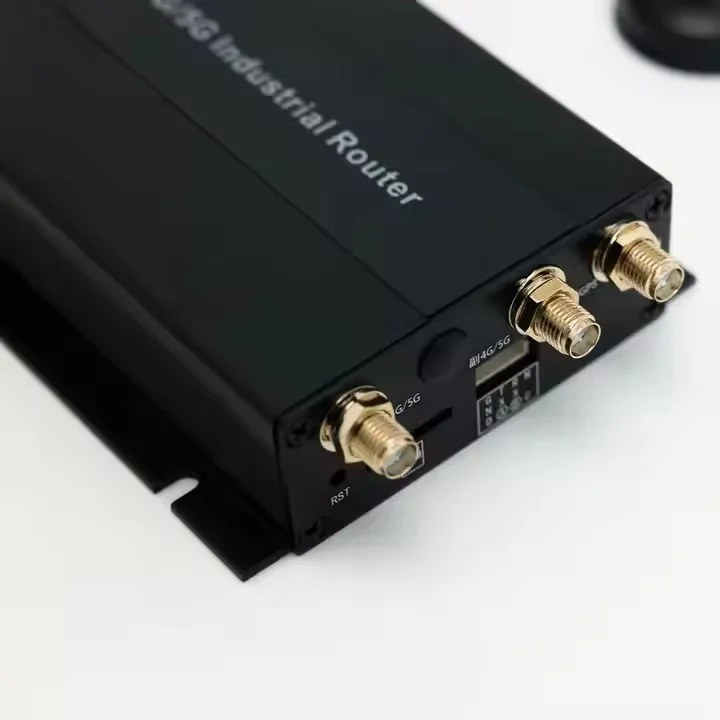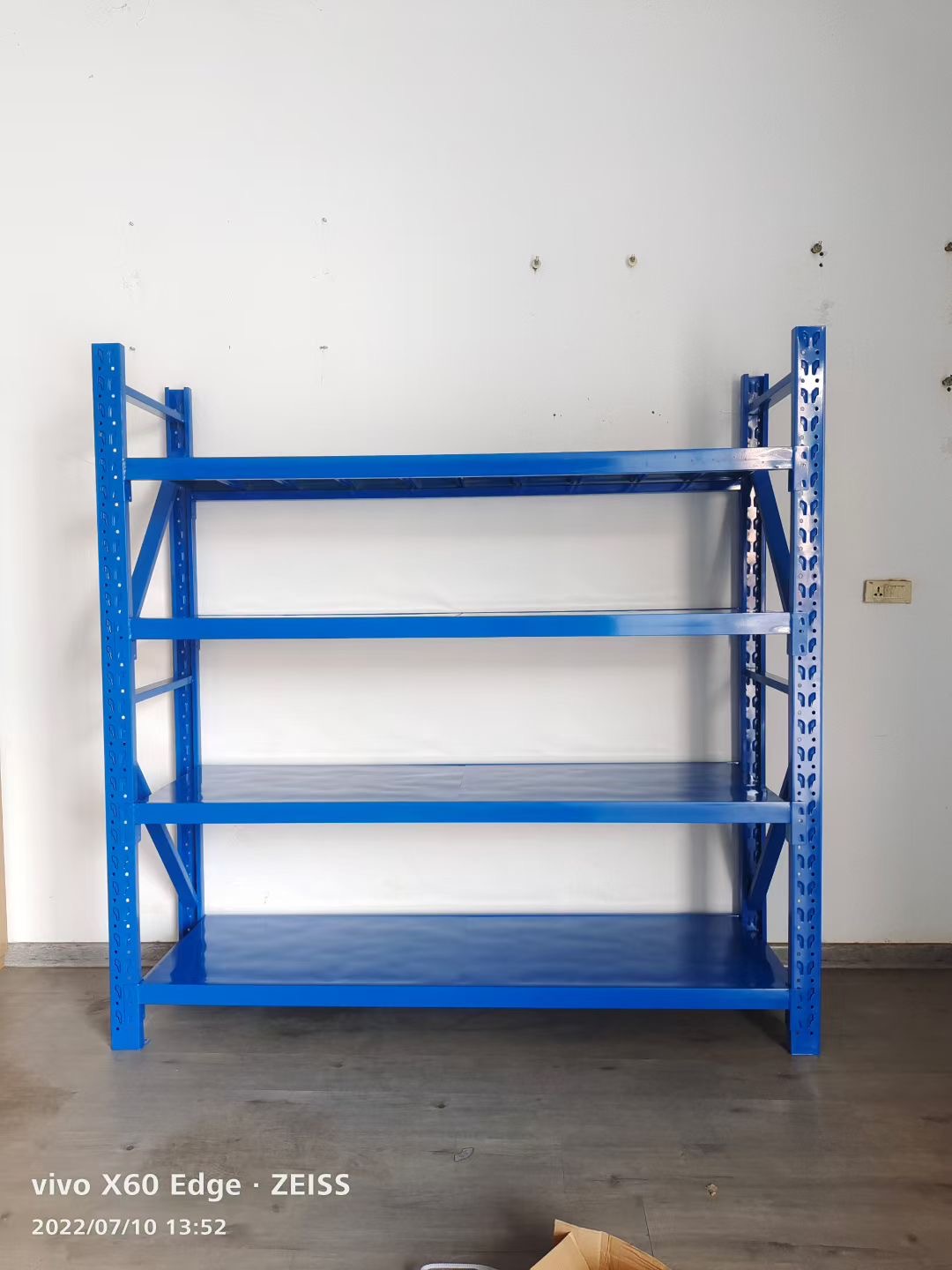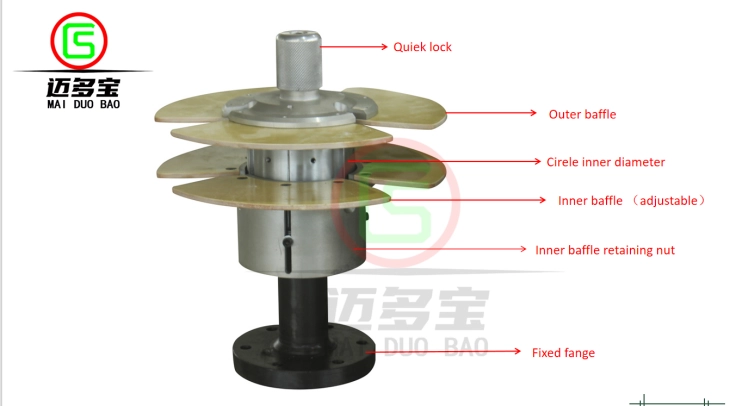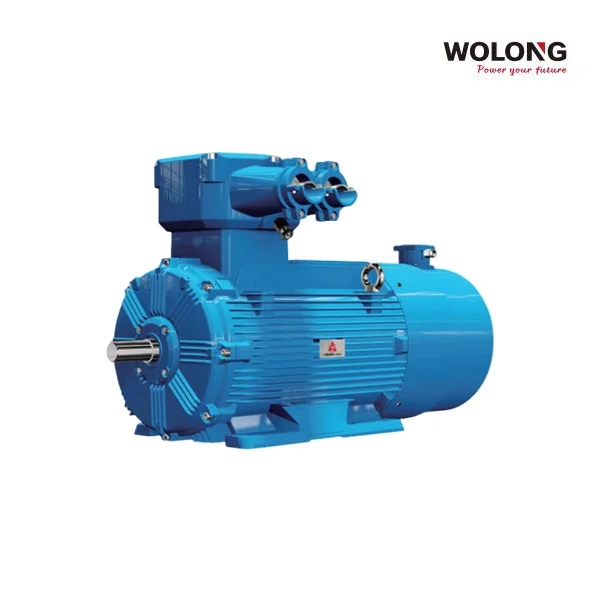In the rapidly evolving realm of telecommunications, network operators face an ever-increasing demand for higher bandwidth, enhanced flexibility, and cost-effective solutions. Coarse Wavelength Division Multiplexing (CWDM) technology has emerged as a key player in addressing these challenges, and at the heart of this technology lies the CWDM transponder. This article WDMLight delves into the complexities of CWDM transponders.
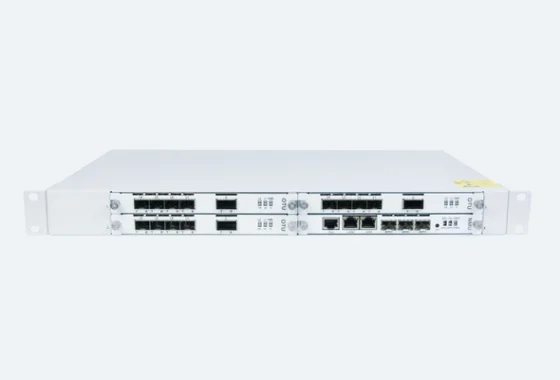
Key Functions of CWDM Transponders
Wavelength Translation
CWDM transponders play a crucial role in modern fiber optic networks, particularly in wavelength translation. Many network devices operate on different wavelengths, and CWDM transponders enable the conversion of optical signals from one wavelength to another, ensuring compatibility and communication between different devices. By translating signals to the specified CWDM wavelengths, transponders allow multiple signals to be multiplexed onto a single fiber, significantly increasing the utilization of existing infrastructure. This functionality is especially important in today's context of growing bandwidth demands, as it helps network operators maximize the potential of existing fiber resources, reducing the need for new fiber installations and the associated costs.
Additionally, the wavelength translation capability of CWDM transponders supports frequency adjustments in dynamic network environments. As network demands change, transponders can flexibly convert the signal's wavelength, allowing the network to adapt to new topologies and bandwidth requirements. This flexibility not only simplifies network management but also reduces maintenance costs and time, improving overall network efficiency.
Signal Regeneration
As fiber optic networks expand, signal degradation due to attenuation and dispersion becomes increasingly prominent over long distances. CWDM transponders effectively address these issues through their signal regeneration function. When optical signals become distorted during long-distance transmission due to attenuation or dispersion, CWDM transponders convert the optical signals into electrical signals for amplification and cleaning, then reconvert them into optical signals for retransmission. This process not only extends the network's reach but also significantly improves signal quality, ensuring data integrity and reliability over long distances.
Signal regeneration is particularly useful in large networks that span multiple relay points. In such networks, CWDM transponders ensure that signals maintain their strength and clarity even after passing through multiple relays, supporting high-speed, high-quality communication. Moreover, as network infrastructure continues to expand, the signal regeneration function helps network operators reduce reliance on expensive optical amplifiers, maximizing cost-effectiveness.
Protocol Conversion
In heterogeneous network environments, the protocol conversion function of CWDM transponders is equally critical. Modern communication networks often consist of equipment using various technologies and protocols, and achieving compatibility and interoperability between these devices is a key challenge. CWDM transponders effectively address this by converting one communication protocol to another. For example, they can convert Ethernet signals to SONET/SDH (Synchronous Optical Network/Synchronous Digital Hierarchy) formats, enabling seamless integration between different types of network equipment. This capability not only enhances network flexibility but also increases the utilization of network equipment, reducing the need for specialized conversion devices.
The protocol conversion function allows network operators to integrate both new and legacy equipment and technologies under a unified network architecture, thereby extending the life of existing equipment and lowering total cost of ownership (TCO). Additionally, the protocol conversion function of CWDM transponders supports smooth transitions to more advanced technologies, helping businesses gradually upgrade their networks while preserving existing investments.
Flexibility
The flexibility of CWDM transponders is a key reason for their widespread application. These devices are designed to handle a variety of data rates and communication protocols, making them suitable for a wide range of application scenarios. Whether for high-speed data transmission or legacy system integration, CWDM transponders are up to the task. This versatility makes them an ideal choice for network operators facing complex and diverse requirements.
For example, CWDM transponders can support multiple protocols such as high-speed Ethernet, Fiber Channel, and SONET/SDH, making them highly effective in applications like data center interconnects, metro network expansion, and long-distance transmission. Their adaptability is also evident in their support for future technologies, allowing network operators to accommodate emerging communication standards and data rates through simple configuration adjustments or module replacements, thus extending the lifespan of the equipment and protecting investments.
Furthermore, the modular design and hot-swappable capabilities of CWDM transponders further enhance their flexibility, making network maintenance and upgrades more straightforward and efficient. Operators can adjust device configurations as needed, minimizing network downtime and ensuring high network availability.
Applications of CWDM Transponders in Modern Networks
CWDM transponders are versatile devices that can be deployed in a wide range of network applications. Some of the most common applications include:
Metropolitan Area Networks (MANs)
In metropolitan area networks, where fiber resources are often limited and expensive, CWDM technology provides a cost-effective way to maximize the use of existing infrastructure. CWDM transponders enable multiple services, such as internet, voice, and video, to be transmitted over the same fiber, reducing the need for additional fiber deployment. This is particularly valuable in urban environments where digging up streets to lay new fiber is both disruptive and costly.
CWDM transponders in MANs can be used to interconnect data centers, aggregate traffic from multiple access networks, or provide high-capacity links for enterprises. Their ability to support various protocols and data rates makes them an ideal choice for service providers looking to offer diverse services over a single infrastructure.
Access Networks
Access networks, which connect end-users to the broader telecommunications network, benefit greatly from CWDM transponders. In scenarios where multiple services, such as residential broadband, business Ethernet, and mobile backhaul, need to be delivered over a single fiber, CWDM transponders can multiplex these services onto different wavelengths, maximizing the use of the available fiber.
Additionally, CWDM transponders can be deployed in passive optical networks (PONs) to increase the capacity of the network without requiring major infrastructure changes. By adding CWDM transponders at key points in the network, service providers can scale their offerings and meet the growing demand for bandwidth-intensive applications.
Enterprise Networks
Large enterprises often require high-capacity, low-latency connectivity between multiple locations, such as headquarters, branch offices, and data centers. CWDM transponders provide a cost-effective solution for enterprises to build private optical networks that can carry data, voice, and video traffic over a single fiber. This is particularly beneficial for companies with geographically dispersed operations, as it allows for efficient and secure communication between sites.
Moreover, CWDM transponders enable enterprises to future-proof their networks by providing the flexibility to add new services or increase capacity without significant changes to the existing infrastructure. This scalability is crucial in today’s dynamic business environment, where data needs are continually evolving.
Data Center Interconnect (DCI)
Data centers are the backbone of modern digital services, and the need for high-speed, high-capacity interconnections between data centers is growing rapidly. CWDM transponders are widely used in Data Center Interconnect (DCI) applications to enable high-speed data transfer between data centers over existing fiber infrastructure.
By using CWDM transponders, data centers can achieve high-capacity links without the need for costly DWDM systems, especially in short to medium-haul applications. This is particularly useful for cloud service providers, financial institutions, and large enterprises that require fast and reliable data transfer between multiple data centers.
Disaster Recovery and Business Continuity
In disaster recovery and business continuity planning, the ability to maintain communication between primary and backup sites is critical. CWDM transponders play a vital role in ensuring that data replication, backup, and recovery processes can occur seamlessly over optical networks. By providing reliable and high-capacity links between data centers and disaster recovery sites, CWDM transponders help organizations maintain operations even in the event of a major disruption.
CWDM transponders are integral to the efficient and cost-effective operation of modern optical networks. Their ability to enable wavelength translation, signal regeneration, and protocol conversion makes them indispensable in a wide range of applications, from metropolitan area networks to data center interconnects. As technology continues to advance, CWDM transponders will play an even more critical role in expanding the capacity, flexibility, and reliability of optical networks.
https://www.wdmlight.com/Enhancing-Optical-Networks-with-CWDM-Transponders.html
https://www.wdmlight.com/OTU-Transponder
www.wdmlight.com
WDMLight
